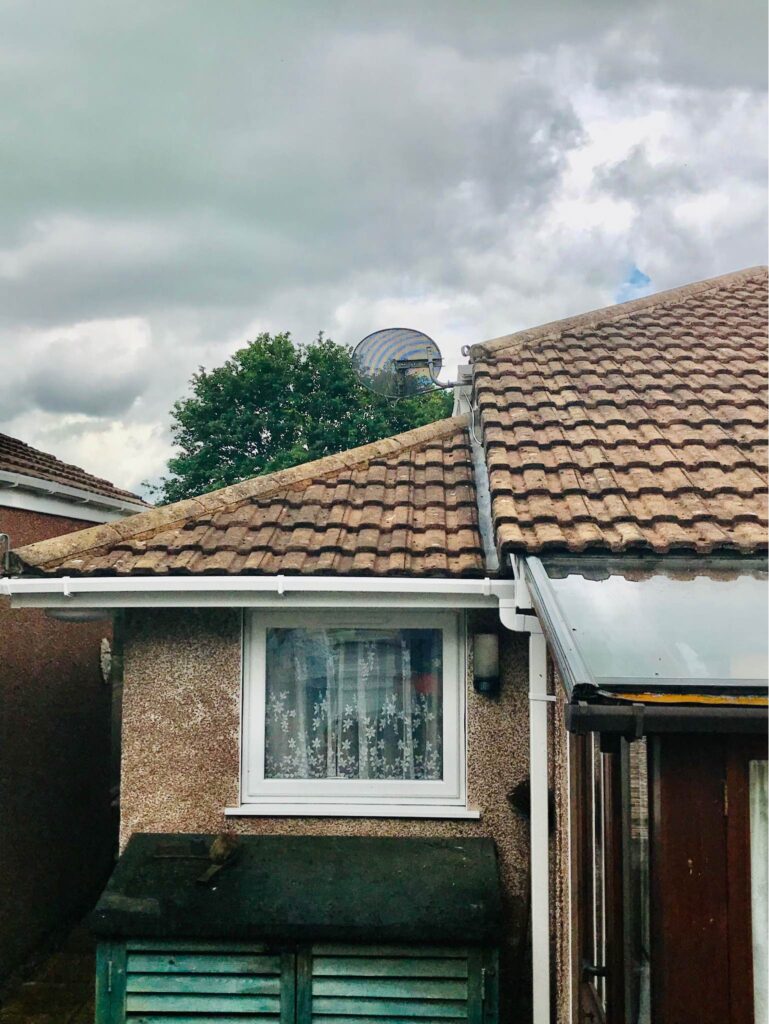Home Power Washing

Power Up Your Home Cleaning with Home Power Washing
Power washing is an effective home cleaning technique that can help restore surfaces to their original condition in a cost-effective and efficient manner. It involves the use of high-pressure water jets to blast away dirt, grime, and other debris from hard surfaces such as decks, patios, driveways, and more. With this method of home cleaning, you can extend the life of your outdoor home fixtures by removing tough stains and restoring them to their former glory with minimal effort. In this article we will discuss the steps involved in home power washing, the materials needed for it, tips for getting great results along with its advantages and disadvantages compared to other home cleaning methods. So let’s get started!

The first step in home power washing is to choose the right equipment for the job. A pressure washer is essentially a power tool that produces a high-pressure stream of water and can be used for home as well as commercial cleaning jobs. There are various types of pressure washers available on the market today, with different capacities and features. The type and size of the pressure washer will depend on the home cleaning job at hand, so it is important to do your research before making a purchase.
Once you have chosen the right equipment, it is time to prepare for home power washing by gathering all of the necessary materials and supplies. Always wear protective gear such as goggles, gloves, and protective clothing when power washing to avoid any accidental injuries. You will also need cleaning chemicals or detergents that are specifically formulated for home power washing, as well as a garden hose to attach the pressure washer to.
Now it’s time to get started on house pressure washing! Begin by thoroughly rinsing the cleaning area with your garden hose. Next, mix the cleaning chemical or detergent with water according to the manufacturer’s directions and fill the pressure washer tank with the solution. Begin power washing by slowly moving the spray wand in a sweeping motion across the surface you are cleaning, starting at one end and working towards the other. Make sure to avoid overlapping areas to ensure that the entire surface is evenly cleaned. When power washing, always keep the spray wand at least four feet away from the surface you are cleaning and avoid aiming too close or directly at the home fixture in order to prevent damage.
When home power washing is complete, be sure to rinse off any soap residue with your garden hose. Allow the cleaned surface to air dry or use a soft cloth to wipe away any leftover moisture.

Finally, let’s review the advantages and disadvantages of home power washing compared to other home cleaning methods. It is an effective way to remove tough stains and restore home fixtures in a cost-effective manner. However, home power washing can also be dangerous and should only be used by experienced home cleaners. Additionally, home power washing requires a decent amount of time and effort to ensure that the job is done right.
Overall, home power washing is an effective home cleaning method that can restore home fixtures to their original condition in a cost-effective manner. With the right equipment and materials, power washing can be done safely and efficiently. Just remember to follow the steps we discussed in this article and use caution when home power washing in order to get great results.
Berryhill Window Cleaning
https://www.google.com/maps?cid=1811727956820635005
2685 W Howard Nickell Rd, Fayetteville, AR 72704
(479) 228-2813
http://berryhillwindowcleaning.com/